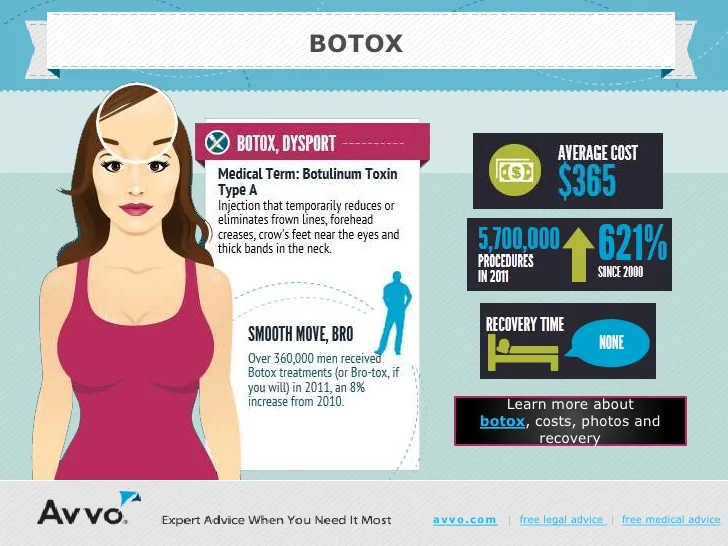Does Dairy Worsen Acne
Does Dairy Worsen Acne
Blog Article
Sources of Acne on Cheeks
Acne outbreaks in the cheek location are set off by numerous things, from touching your face regularly to not altering your pillowcase often sufficient. Picking at acnes increases your threat of infection and scarring, and specific drugs can get worse dark areas (postinflammatory hyperpigmentation).
Luckily, there are lots of means to stop and deal with cheek acne. These include:
1. Hormonal Modifications
Acne is mainly triggered by hormonal agents, particularly those created during adolescence and pregnancy. For some, a family history of acne may also contribute to their problem. Anything that obstructs pores, such as oil-based skin treatment items or ceraceous hair items, can activate acne. Different topical treatments, like benzoyl peroxide and salicylic acid, can combat germs and unblock pores. Those with severe or chronic acne should look for therapy from their medical professional.
Stay clear of touching or pressing your acne, as this can press a few of the bacteria deeper into the skin, leading to an extra extreme outbreak. It is likewise important to transform pillow cases frequently and utilize clean make-up brushes. You must likewise try to avoid toxic irritants such as rubbing from using a helmet or limited collar.
2. Diet regimen
The oily, sugary foods that many people assume trigger acne might really not do so. In fact, researches have actually revealed that eating a diet abundant in entire, nutrient-dense foods assists to prevent outbreaks.
Foods high in the glycemic index (such as white bread, corn flakes, blew rice and potatoes, doughnuts and other pastries) elevate blood sugar level levels quickly, and this can increase hormonal agents that improve oil production and lead to acne.
Consuming alcohol cow's milk has actually also been connected to boosted acne breakouts. If you are a normal cow's milk enthusiast, you may want to attempt switching to low-fat or nondairy alternatives that are strengthened with calcium. Additionally, drinking even more water can assist to reduce acne due to the fact that it helps to maintain the skin hydrated.
3. Excess Oil
While oil is necessary for healthy skin, it can become a trouble when excessive sebum mixes with dead skin cells and obstructs pores. This combination can create blackheads, whiteheads and acnes. The clogged pore wall surface can break down and spill germs, dead skin cells and sebum into bordering skin. This leads to a red bump known as an acne. In some cases these red bumps have pus in the center from a microbial infection. Larger contaminated bumps that appear like acne are called cysts.
There are many points that can trigger excess sebum and clogged pores, including hormonal agent changes, diet and day-to-day practices. Some examples consist of touching the face frequently, relaxing your hand on your cheek, using unclean makeup brushes and not transforming pillowcases regularly.
4. Anxiety
If you're handling pain pimples or a variety of blackheads and whiteheads, it might be time to talk to a skin specialist. They can recommend an efficient therapy that fits your skin kind. Practicing leisure and stress-reduction methods additionally helps.
Acne can take place in the cheeks as a result of friction and pressure, such as when an individual touches their face frequently or uses a hat or sports helmet that scrubs versus the skin. It can likewise show up where greasy cosmetics and lotions massage against the skin.
Prevent pressing acne, as this can push contaminated product deeper into the skin and bring about scarring. Rather, see a medical professional to find out about preventative therapies like medicine, skin treatment products and way of sofwave near me living changes. Consuming a healthy diet regimen of whole foods, obtaining 7 to 9 hours of sleep and using noncomedogenic make-up and skincare items can all help in reducing acne breakouts.
5. Hair Products
Hair items are not usually thought of as a cause of outbreaks, but they can add to acne on the cheeks in some people. Pomade acne, which is identified by tiny closed comedones and papulopustules, is frequently brought on by the use of oily hair products which contain comedogenic ingredients such as specific oils and acetylated lanolin.
Picking hair items that don't contain these potentially comedogenic active ingredients is a crucial step toward lessening outbreaks. Also, guaranteeing that hair items aren't being available in contact with the skin can aid prevent outbreaks. For example, using a headscarf or hood during the night can restrict hair-to-face contact and decrease the chance that leave-in hair items will certainly rub off onto the face.
Along with utilizing a non-comedogenic moisturizer and washing with an acne face laundry, various other helpful techniques include: